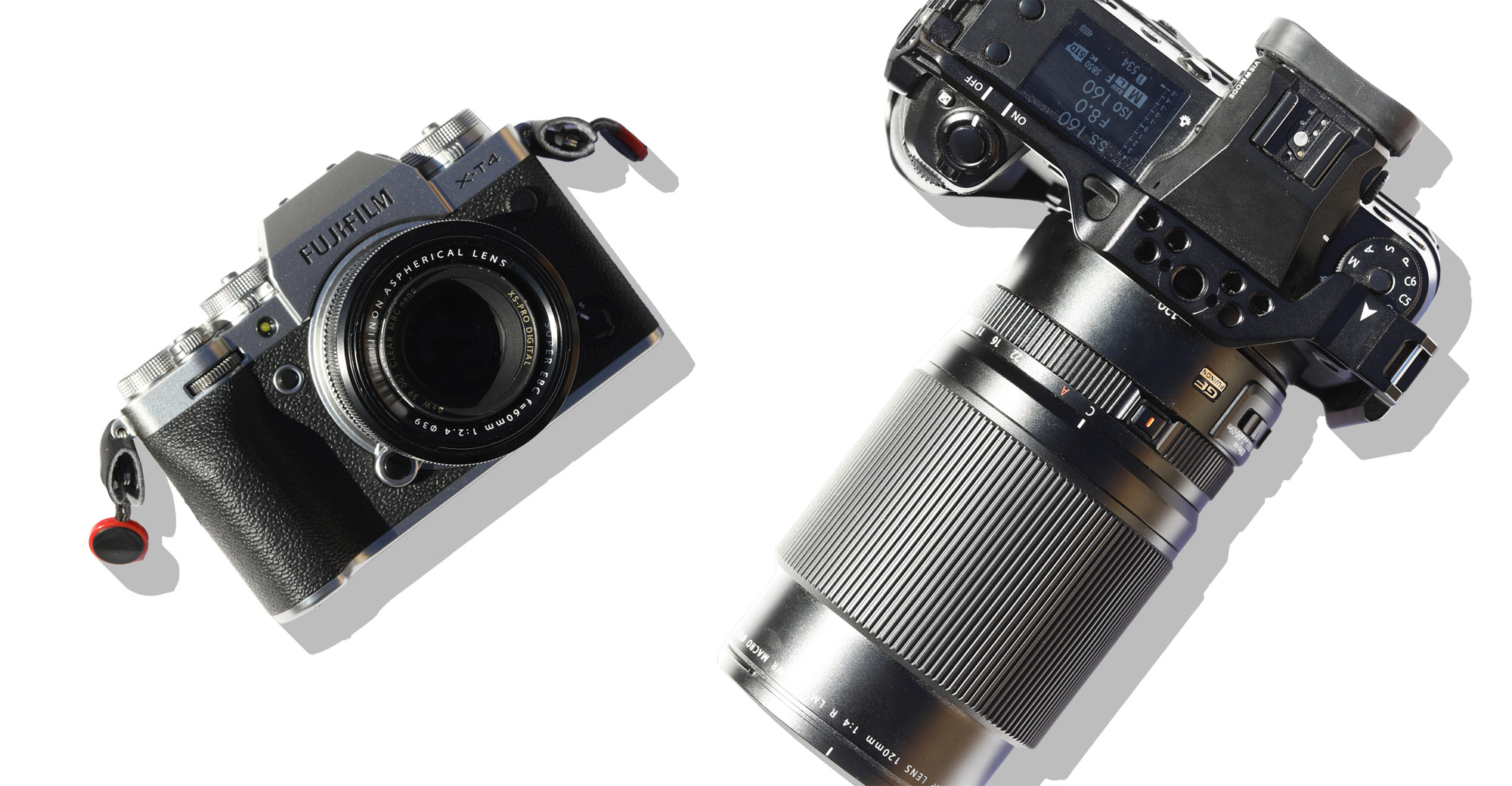- Messages
- 8,100
- Name
- Terry
- Edit My Images
- Yes
Even a 26 mpx sensor produces sharper and more detailed images than one cold ever have expected from film
And lenses for digital cameras have had to be considerably upgraded to take advantages of even this pixel count.
Once again lenses are having to be re-optomised for the newer 40 and 50+ sensors.
However for most photographers this is all academic, and they will never make full use of these capabilities, nor need to.
One can expect more attention to be placed on other aspects of sensor and image quality. Especially tonal quality and dynamic range. And speed of read out to enable the use of global shutters.
As sensors are already capable of capturing single photons, there is less options for improving low light capture, however there is considerable scope for advances in low light processing using Ai.
Captured photons at that level are in the realms of quantum effects, and will always be random in nature and difficult to distinguish from electronic noise.
And lenses for digital cameras have had to be considerably upgraded to take advantages of even this pixel count.
Once again lenses are having to be re-optomised for the newer 40 and 50+ sensors.
However for most photographers this is all academic, and they will never make full use of these capabilities, nor need to.
One can expect more attention to be placed on other aspects of sensor and image quality. Especially tonal quality and dynamic range. And speed of read out to enable the use of global shutters.
As sensors are already capable of capturing single photons, there is less options for improving low light capture, however there is considerable scope for advances in low light processing using Ai.
Captured photons at that level are in the realms of quantum effects, and will always be random in nature and difficult to distinguish from electronic noise.









